Did You Know This is Who is Funding Research on YOUR Wastewater?
DARPA, Raytheon, IBM, Lockhead Martin, Micron Technology, Intel , EMD Performance Materials (a Merck KGaA affiliate), Samsung...among others.
I am posting this as follow up to my previous post, which can be read here:
Manipulated Compliance
Thanks to a sharp reader (Linelle) of this stack, I’ve gone a little further down this rabbit hole. Turns out, UCSD is REALLY interested in testing shit water to tell us when we have diseases with or without symptoms, before we have them. UCSD isn’t the only one.
I found this related research project Safer at school early alert: an observational study of wastewater and surface monitoring to detect COVID-19 in elementary schools. I checked out the authors of the study. Here is some other research they’ve been working on:
Outcomes suggest that WBE is a valuable early warning alert and a helpful complementary surveillance tool to subside public health response, to tailor containment and mitigation measures and to determine target populations for testing. In poor sanitation settings, contaminated rivers could be alternatively used as a source for environmental surveillance.
🤔 I wonder if tailored containment and mitigation measures could be more easily managed in smart cities….anywho…
Out of curiosity I decided to look into who is funding this literal shit. And wow. Let’s have a lil look-see at who funded the Safer at School study:
Funding
County of San Diego, Health and Human Services Agency (R.F.-M.).
National Institutes of Health Grant K01MH112436 (R.F.-M.).
National Institute of Health Grant UL1TR001442.
National Institute of Health Grant S10OD026929 (Jepsen).
NSF Grants Numbers 1730518, 1826967, 1659104, 2100237,
2112167, 2052809, 2028040 (Rosing).
Centers for Disease Control BAA Contract 75D30120C09795
(Andersen).
This work was supported in part by CRISP, one of six centers in
JUMP, an SRC program sponsored by DARPA (Rosing)
I didn’t know what CRISP, SRC, or JUMP was, so I looked them up.
CRISP
Stands for Center for Research on Intelligent Storage and Processing-in-Memory
SCR
Stands for Semiconductor Research Corporation with cost-sharing from DARPA. Each research center will examine a different challenge in advancing microelectronics—a field that is crucial to the U.S. economy and its national defense. The six JUMP centers are located at the University of Virginia, UC Santa Barbara, Carnegie Mellon, Purdue, University of Michigan and Notre Dame.
→ Meet Victor Zhirnov, Chief Scientist at Semiconductor Research Corporation.
He is responsible for envisioning new long-term research directions in semiconductor information and communication technologies for industry and academia. Victor serves as the Chair for the 2030 Decadal Plan for Semiconductors and as the Director for the MAPT Roadmap.
JUMP Mission
→ Stands for Joint University Microelectronics Program
The mission of JUMP is to look beyond today’s technology horizon and lay the scientific groundwork that extends the viability of Moore’s Law economics through 2040. This program must create new general purpose architectures and system designs that relax device constraints and provide opportunities for new device types and novel, heterogeneous integration solutions. It must invent new devices and designs that are capable of the performance achievable today at a power consumption that is 1-3 orders of magnitude lower. Finally, it must train tomorrow’s workforce to deliver “smart, autonomous, safe, connected, efficient, and affordable” electronics that meet our sensing, actuation, communication, computing, and storage needs for 2025 and beyond. In addition to providing enabling technologies, the research scope for each Center represents a critical component in the development of systems for both the semiconductor and defense industries and the Department of Defense.
Innovative ideas and fresh thought will be the catalyst to enable the technology roadmap for 2025 and beyond. There is no requirement to be from a participating SRC research university or to have been a previously sponsored SRC researcher. In fact, a key goal of this research announcement is to merge the ideas from established innovators within the existing university networks of SRC and the defense community with those from new, rising institutions or researchers.
The Joint University Microelectronics Program, or JUMP, supports long-term research focused on high performance, energy efficient microelectronics for end-to-end sensing and actuation, signal and information processing, communication, computing, and storage solutions that are cost-effective and secure. The highly-skilled students working on these research initiatives will ultimately become the workforce of tomorrow that will implement these technologies into commercial solutions.
Research commenced in January 2018 and will continue for five years, with funding support coming from industry and government partners. Total JUMP funding for the five-year period will be in excess of $150M, including funds committed by DARPA (Defense Advanced Research Projects Agency, www.darpa.mil), IBM Corporation, Northrop Grumman Corporation, Micron Technology, Inc., Intel Corporation, EMD Performance Materials (a Merck KGaA affiliate), Analog Devices Inc., Raytheon Company, Taiwan Semiconductor Manufacturing Company Ltd., Lockheed Martin Corporation, ARM Limited, Samsung Electronics Co., Ltd., and SK hynix Inc. Additional members are welcome.
The vertical research centers emphasize application-oriented goals that focus on key issues facing the industry by addressing the full span of multi-disciplined science and engineering required to achieve breakthrough technologies and products. Proposers for each vertical center are expected to define a grand challenge in the research space that will be achieved by the center before the end of the JUMP program. Horizontal research centers will drive foundational developments in a specific discipline, or set of like-minded disciplines, will build expertise in and around key disciplinary building blocks, and create disruptive breakthroughs in areas of interest to JUMP members. Proposers from the horizontal centers are expected to define a set of key metrics that their center will use to benchmark and drive efforts in the defined research space.
DARPA’S $200 MILLION JUMP INTO FUTURE MICROELECTRONICS
Part of the JUMP strategy was to create six research centers around the country comprising more than 30 researchers from U.S. universities. DARPA and SRC last month announced the research centers, which were selected from a range of proposals submitted last year and touch on a range of areas, including artificial intelligence (AI), autonomous systems, cellular technologies, networking, nanotechnologies, hardware and software design and memory. (source)
WHAT A COOL GRAPHIC JUMP CHOSE!!
I’ll just leave this here:
Moving on….Assuming we are all familiar with DARPA, IBM, Lockhead Martin, Raytheon, and Samsung, here is some addition information about the other companies funding this shit research with whom you may be less familiar.
→MICRON TECHNOLOGY, INC
DNA could store all of the world's data in one room
Ultimately, they hope to develop NAM technologies to replace the use of silicon in computers altogether.
→Taiwan Semiconductor Manufacturing Company Ltd.
Transistor research team at TSMC is also exploring devices built on materials having intrinsically 2D or 1D carrier transport (low-dimensional transport). Transition metal dichalcogenides, graphene nanoribbons, and carbon nanotubes, among others, are being investigated theoretically and experimentally.
In a recent publication, we have successfully demonstrated the growth of wafer-scale h-Boron Nitride monolayer, which is able to efficiently protect the channel 2D semiconductors from process damages and the charge impurity scattering from adjacent dielectrics. 1D semiconducting carbon nanotubes, with processes compatible with the backend-of-line (BOEL) fabrication temperature (< 400 oC), are a potential component for achieving monolithic 3D ICs. The proof-of-concept monolithic integration of carbon nanotube transistors on our 28 nm CMOS technology wafers has also been demonstrated.
→EMD Performance Materials (a Merck KGaA affiliate)
BIOELECTRONICS: A DIFFERENT WAY OF TREATMENT
Imagine a future where tiny, implanted devices monitor our vital signs and symptoms of disease and adjust our treatment automatically. This might seem futuristic, but it could be closer than you think.
After reading all of that are you like, OMG, that CLEARLY relates to wastewater testing?!?!? Let me just leave the following for your consideration.
The Science™
What is it? Wastewater surveillance, also known as wastewater-based epidemiology, is the monitoring of pathogens (e.g., viruses), as well as pharmaceuticals and toxic or other chemicals by testing sewage (see fig. 1). Public health officials can use this approach to monitor for outbreaks, identify threats (e.g., antibiotic-resistant bacteria), and, in response, support the mobilization of resources.
What’s the problem? From the Government Accountability Office:
Wastewater surveillance raises privacy and ethical concerns because wastewater contains not only a pathogen’s genetic data that allow public health officials to identify the pathogen, but also human genetic data that could potentially be misused. Additionally, communities may be stigmatized if wastewater surveillance data indicate pathogen spread or illicit drug use.
Policy Context and Questions
What steps might help to standardize wastewater surveillance programs in the U.S.?
What can be done to promote cost-benefit analyses of widespread wastewater surveillance for public health threats?
If costs and benefits are favorable, what policies would best facilitate the use of wastewater surveillance data while protecting individual privacy?
How can wastewater surveillance data be used as a public health resource for policymaking?
So the companies that are funding this SURVEILLANCE…absent of consent, by the way…are the same companies that are developing AND WILL PROFIT FROM the technology and products that will “treat and/or cure” the issues they uncover with their shit water surveillance testing.
Additionally, I’d like to note that these same companies will be providing the smart tech for the smart cities that will make it easier to “mitigate” “outbreaks” or “threats” (lock you down/turn you off) and “mobilize resources” (vaccines, etc). Remember that you may not even have symptoms of these SERIOUS things they are finding. But good thing they are finding them, so they don’t have to send your kids home from school again. It’s for your SAFETY, see.
One time or recurring donations can be made here, I truly appreciate your support:
https://ko-fi.com/conspiracysarah
I




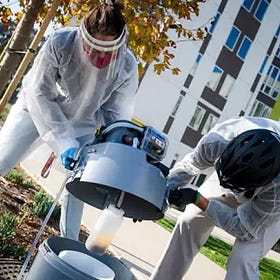

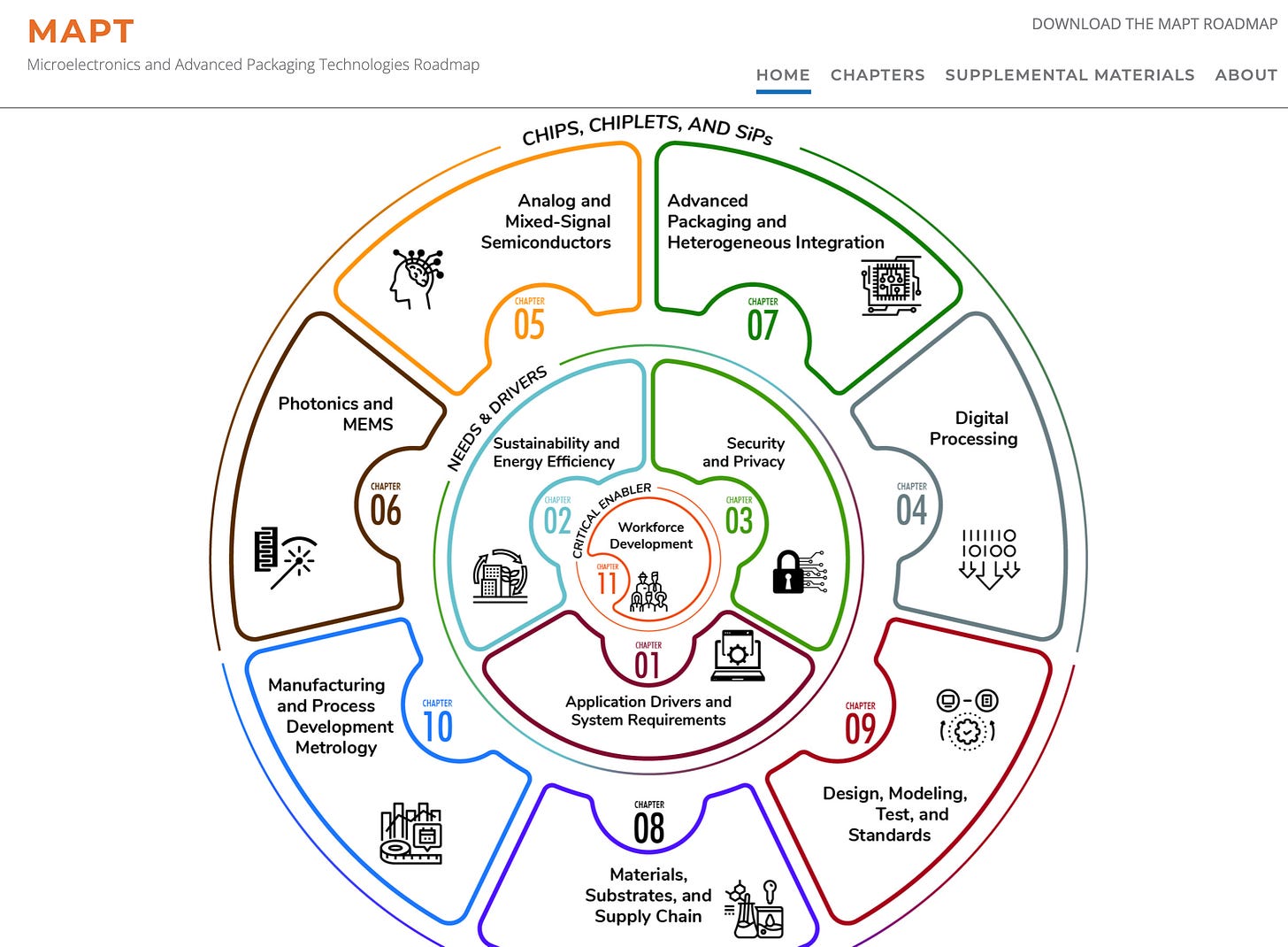
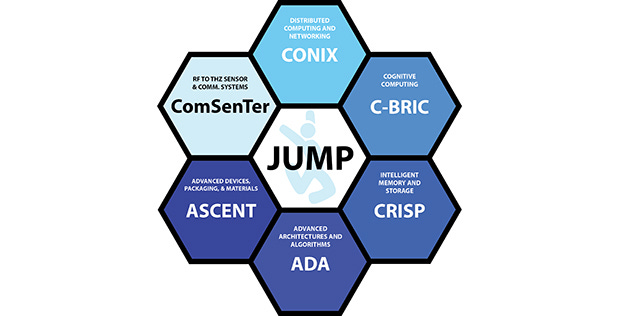
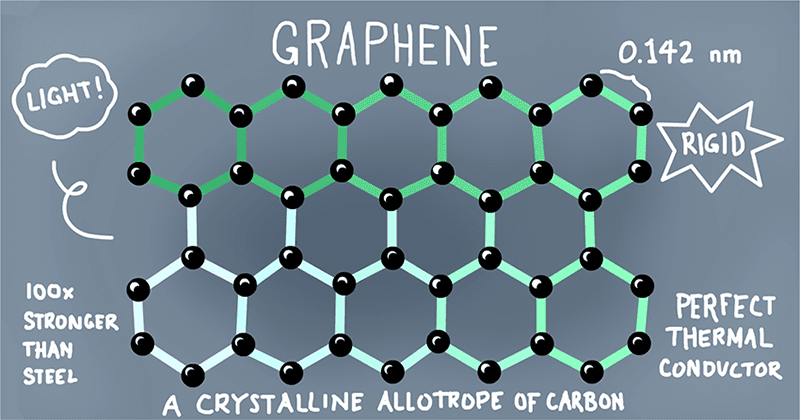
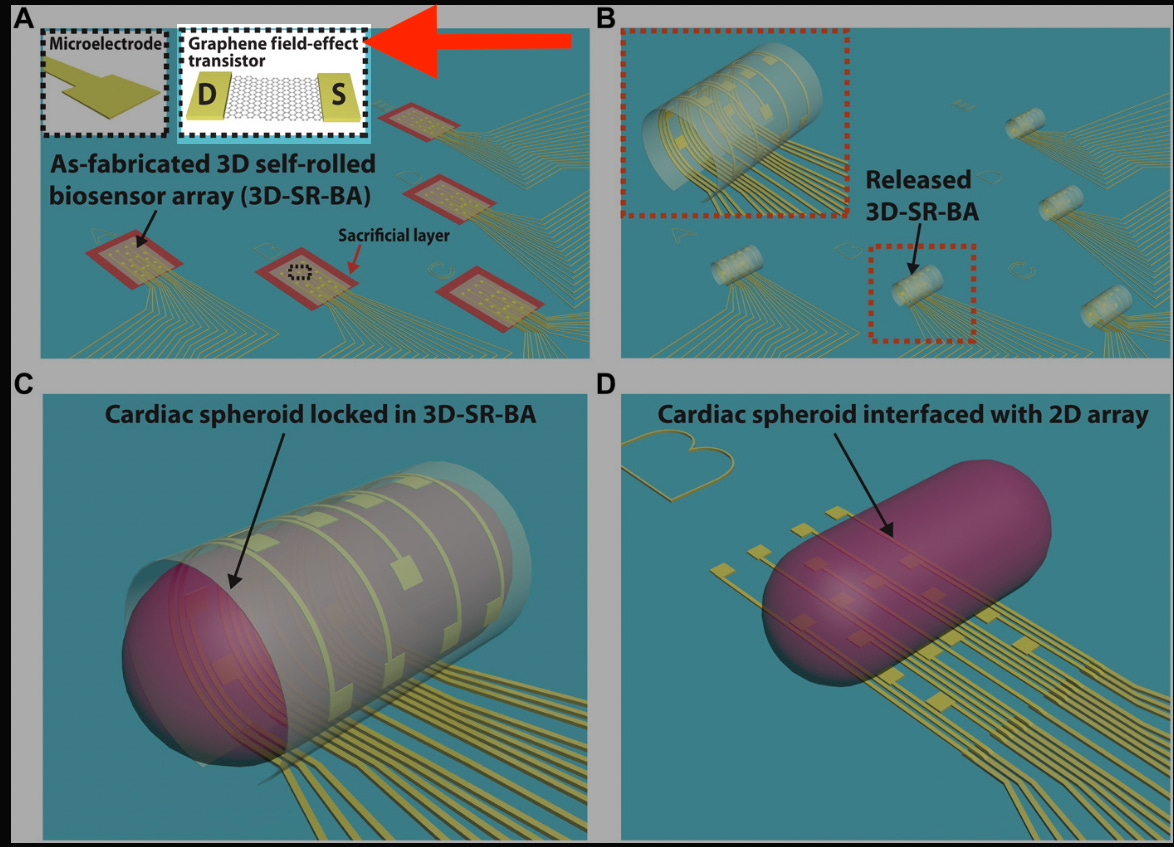
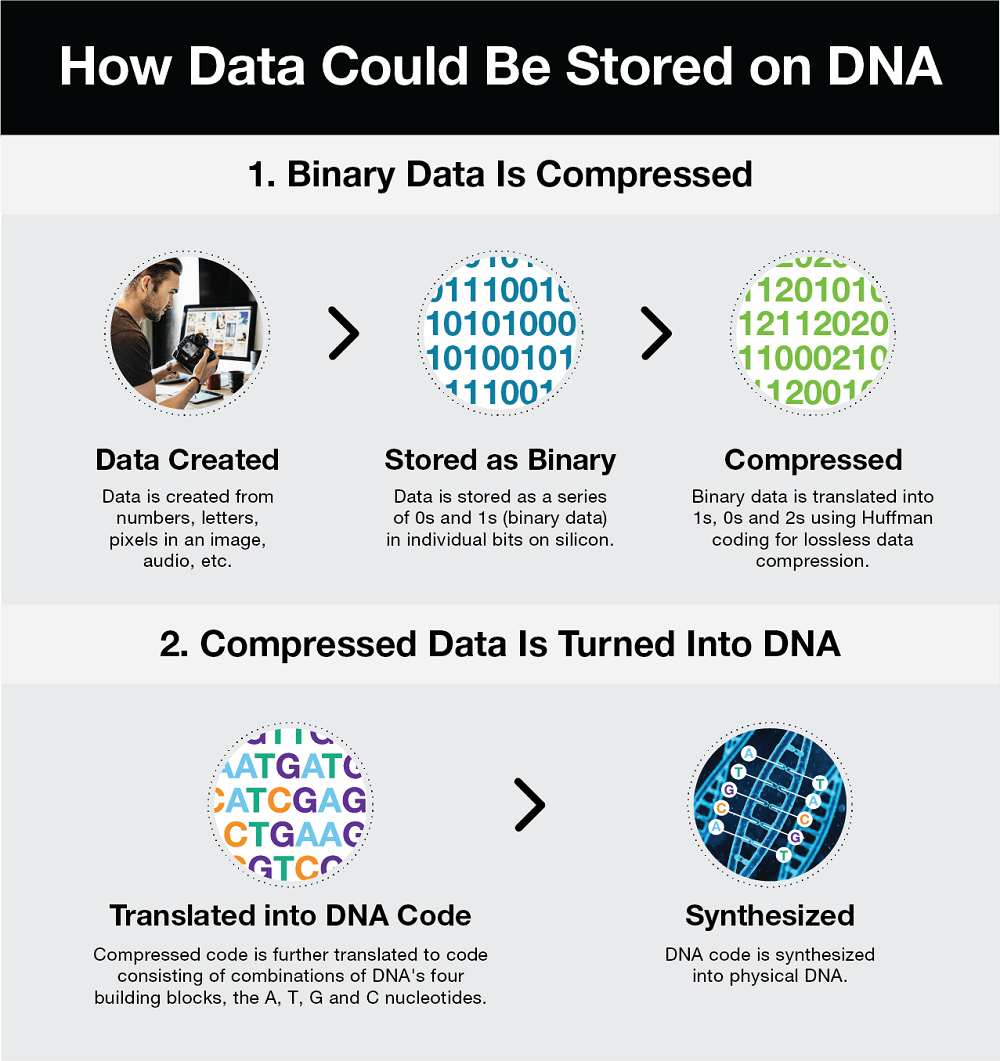

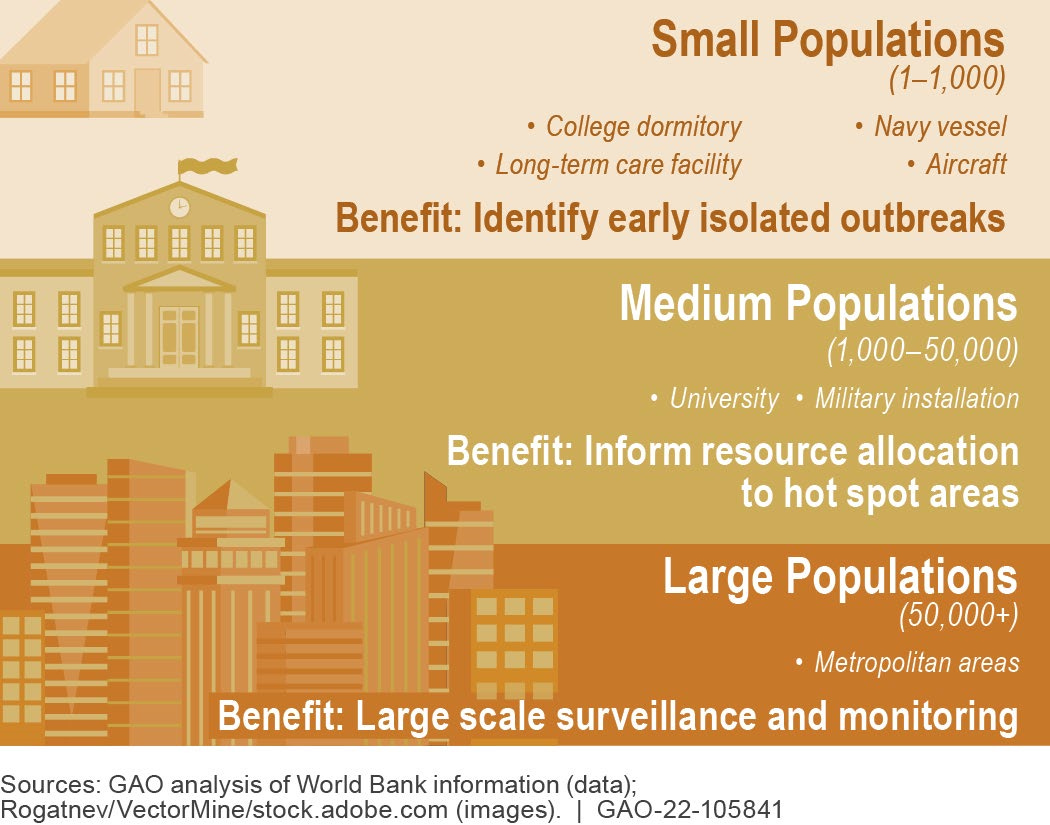

Oh Shit !
Sabrina is right about everything... and they are way past where they believe they are ... these are all JOBS .. control your fellow humans